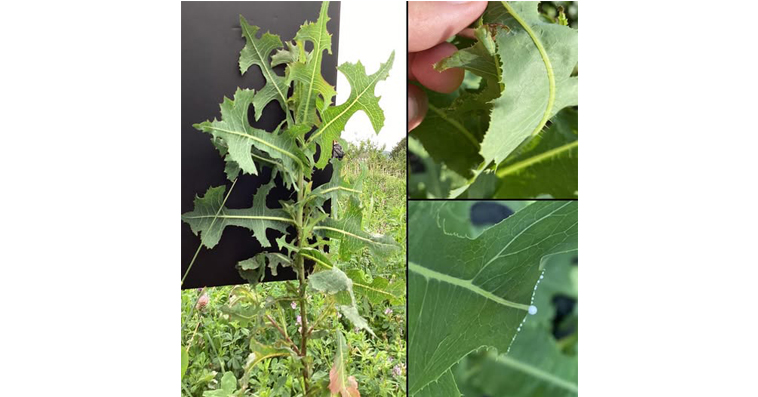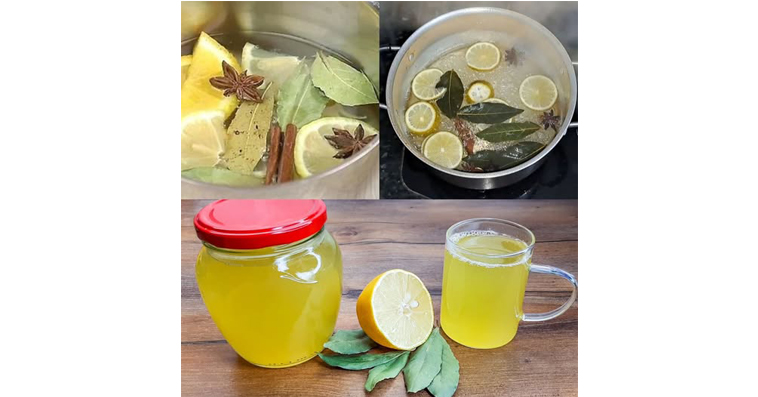When and How to Prune a Rose Bush:An Easy Step-by-Step Guide
When to Prune Roses

- Late Winter or Early Spring: The best time for pruning most roses is before they exit dormancy, which is often marked by the buds starting to swell.
- Climbing Roses: These should be pruned right after their blooming period as they usually flower on the previous year’s wood.
- Summer Maintenance: Remove dead or diseased branches, and branches that cross each other inside the bush.
How to Prune Roses
- Remove Remaining Leaves: Clearing leaves helps in inspecting the bush’s structure and identifying any hidden pests or diseases.
- Start with Dead Wood: Cut off any dead wood back to where there is healthy tissue.
- Open Up the Center: Prune crossing branches to prevent damage and disease, aiming for a vase-like shape.
- Remove Thin Growth: Eliminate growth thinner than a pencil for stronger development.
- Prune Remaining Canes: Cut just above an outward-facing bud at a 45-degree angle to encourage outward growth.
- Seal Fresh Cuts: Use a pruning sealer to protect cuts from pests and diseases.
- Clean Up: Properly dispose of all pruning debris and sterilize your tools to prevent disease spread.
- Fertilize: Nourish your roses post-pruning with appropriate fertilizers for healthy growth.

Additional Tips
- Use Sharp Tools: Ensure your pruning tools are sharp and clean for precise cuts.
- Regular Inspection: Regularly inspect your roses for signs of pests or diseases, and prune as necessary.
- Variety-Specific Care: Understand the specific pruning needs of your rose variety, as different types require different approaches.
Pruning is vital for the health and vibrancy of rose bushes. This general guide provides an overview of the key steps and considerations, but it’s important to adapt these to the specifics of your rose varieties and local climate conditions.

